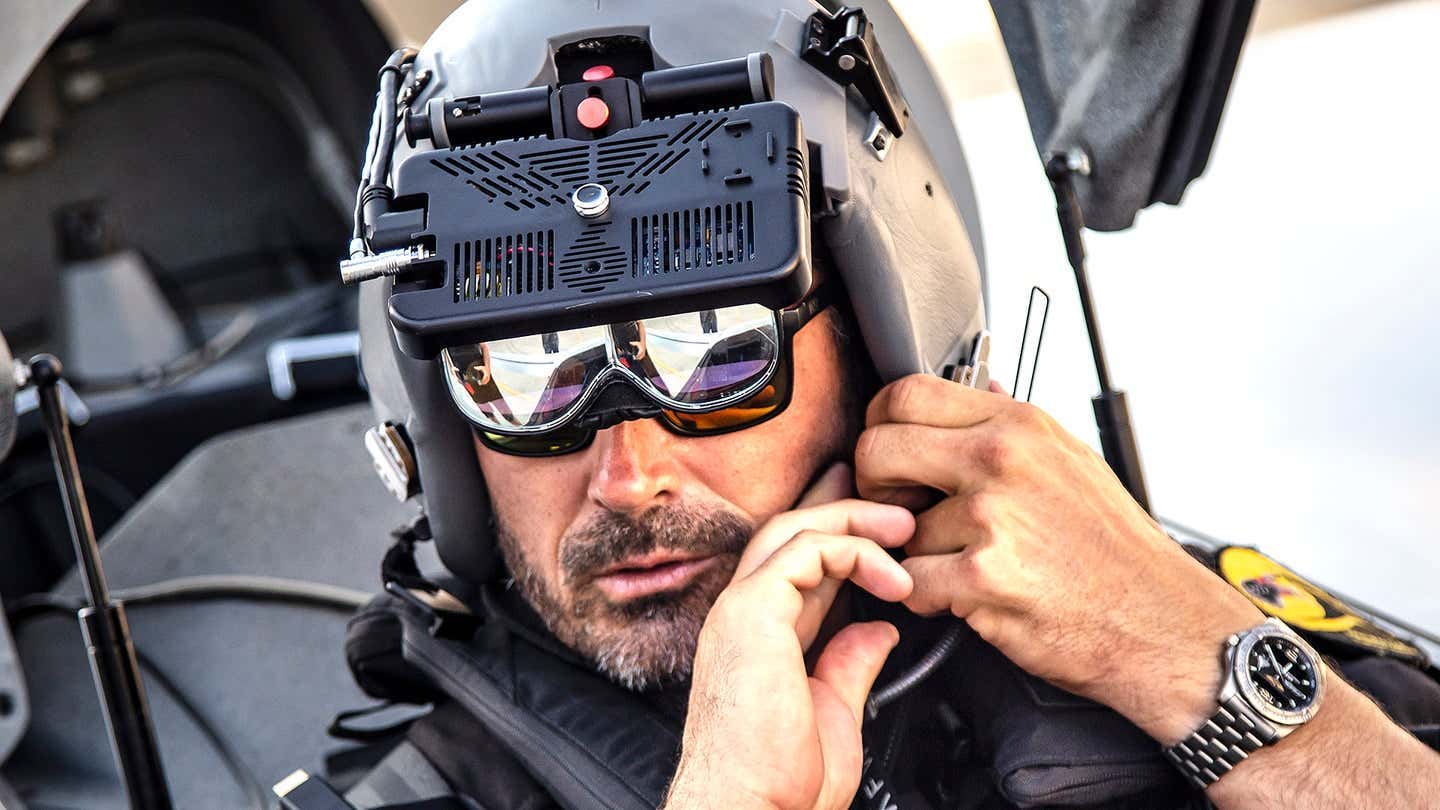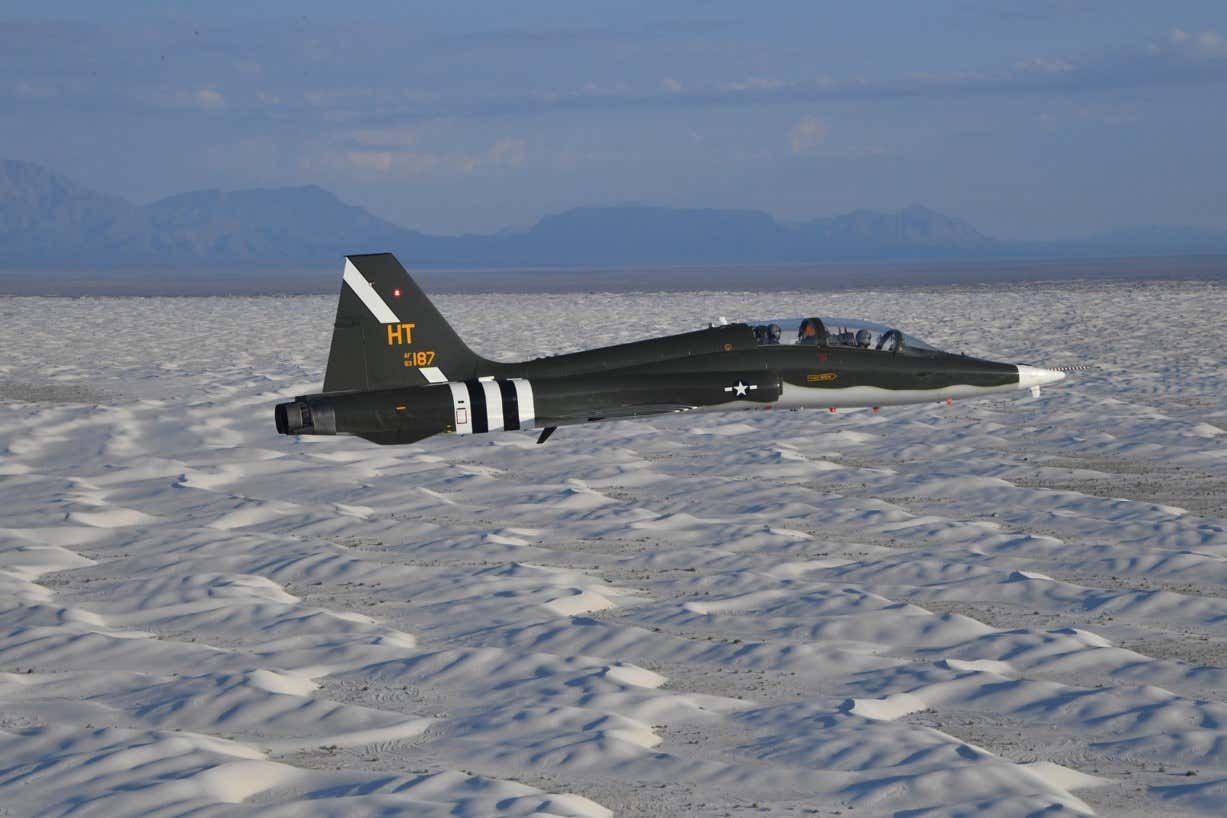Scientists in the UK say the same sort of echolocation practiced by bats may also help people living with blindness better navigate the world. In a new study, they found that blind and sighted participants who took part in a 10-week training program were able to learn how to perform echolocation, and the blind participants largely reported that it seemed to improve their mobility and ability to live independently afterward.
[…]
In this new research, published in PLOS One, Thaler and her team wanted to test if inexperienced people, both with and without sight, could be taught how to echolocate in a relatively short period of time and if this skill would then actually help people with blindness.
They recruited 14 sighted people and 12 people who became blind early in life for the experiment, which involved 20 training sessions conducted over 10 weeks. The volunteers were between the ages of 21 and 79, and none had regularly used echolocation in their lives beforehand (two of the blind individuals did have some experience, but everyone else had none). To validate their tests and set a benchmark, they also enlisted the help of seven people who had been practicing echolocation for at least a decade.
Overall, the team found that all of the individuals noticeably improved their performance on tests of echolocation over the 10-week period. These tests would involve situations like being able to recognize the relative location and size of nearby objects or being able to navigate through a natural environment outside of the lab without sight. These improvements didn’t seem to be influenced by the age or degree of blindness among participants. A few people even performed as well as expert echolocators on certain tasks, while some sighted people did better than some blind people.
Blind volunteers were also surveyed three months later about how the training may have affected their lives. They all reported experiencing improvements in their mobility as a result of the training, while 83% also reported feeling more independent. The findings, according to Thaler, suggest that this training can be easily adopted by many people—and that it can help blind people with everyday activities.
[…]
Source: Researchers Trained People to Echolocate in Just 10 Weeks



